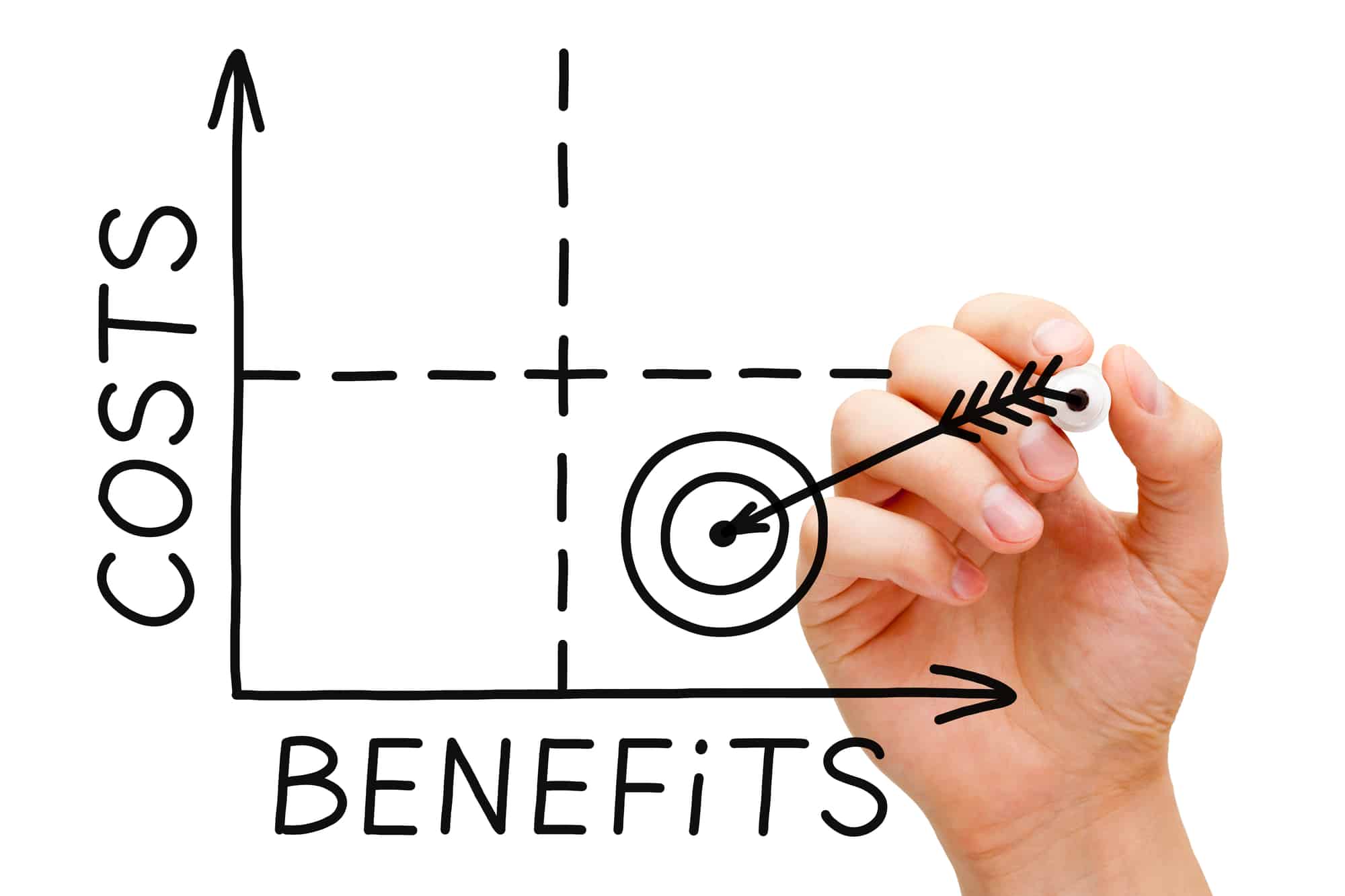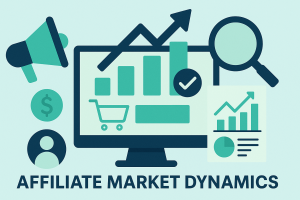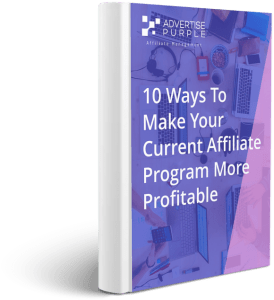
Share
The biggest fear brands have when adding new marketing programs to their budget is that they will be overspending for only marginal benefit. We hear all the time from clients that ROI is one of their main concerns.
Working in an ecosystem like the affiliate space, however, is one of the few instances where I truly believe a win-win-win in payout structure exists for brands/merchants, affiliates, and networks/agencies.
By unearthing revenue streams that previously weren’t there, brands can dive into an affiliate program knowing they’ll likely only have to spend based on performance – not through spending a substantial amount upfront and hoping for the best.
According to Advertise Purple Account Director Manny Serfaty, “CPA is the perfect model in marketing simply because everybody wins. The brand is able to pay commissions out with the new transaction revenue generated by the affiliate, while the publisher is rewarded for creating that revenue source. It’s a win-win.”
I’ll mention more pros and cons below.
So, here they are, the five most common payout structures from the publisher (affiliate) perspective, with their pros and cons.
1. Cost per sale (CPS)
Pros:
In this case, the publisher is paid out whenever a sale is made. The pros to this are sort of obvious, but I’ll explain them anyway.
So, essentially by only paying when a product moves, ROI is almost guaranteed. Of course, a small chunk of that commission will be distributed to an agency (like Ad Purp), the affiliate network, and the affiliate or publisher.
The best thing you can hope for in this case is that sales are so plentiful that the chunk from that commission doesn’t hurt nearly as much. A lot of merchants love this model, because of the aforementioned benefits.
Cons:
One of the few cons is that if you aren’t selling very much of your product or service, you are left paying a bit of that small chunk to these channel operators.
2. Cost per conversion/acquisition (CPA)
Pros:
Similarly to CPS, a payout is only made to the affiliate publisher when a conversion is recorded. This can be tracked through affiliate links that do a better job than CPS of tracking how effective the program is.
This method is the most popular with our clients because they aren’t just blindly paying us due to the fact that their product is moving. They pay us because we’re actually adding tangible value and creating sales in the process.
So, to work in a CPA capacity, you have to imagine ROI is easier to demonstrate, especially over an initial 90 day trial period.
Cons:
It’s hard to think of too many glaring cons for CPA. Especially since we do a good job of projecting output and are with you every step of the way to make sure you make the proper adjustments to lead to more conversions.
If I had to mention one, it would probably be that you have to spend more than some of the other methods I’ll be mentioning below.
3. Cost per conversion plus cost per sale (CPC+S)
Pros:
In a hybrid of the previous two, a flat fee is paid per sale and a percentage is also taken based on conversion. Pros here are that these fees and percentages are probably much smaller.
This benefits risk-averse people who are fairly confident they’ll make sales but also want to factor in conversion as part of their structure.
Cons:
The most glaring con here is that you might have to spend more money. By hedging your bet on conversions and sales, you are allowing for the market to dictate how you’ll be compensating the affiliates you work with.
4. Cost per click (CPC)
Pros:
The pros to a cost per click (CPC) program is that you can negotiate a flat fee whenever your offer or link generates traffic to your page.
This is a likely less expensive way to spend, and it means that you’re paid for traffic to your webpage. If you need more brand awareness, this is a solid method.
Cons:
The cons here are pretty clear. This method can generate lots of clicks and traffic, but that doesn’t necessarily mean you’ll make sales from those clicks.
The CPC model gives you the highest level of control over spend, enabling granular control on what advertisers pay on a click-by-click basis. There is tremendous flexibility in this approach, which translates to more control over total traffic and visibility in the metasearch environment.
A CPC model requires a deeper understanding of campaign performance. This model does not guarantee a specific return rate, and it requires a higher degree of management when compared to cost-per-action (CPA) models.
5. Cost per thousand impressions (CPM)
Pros:
CPM is when you pay a negotiated fee every time customers “see” your ad 1,000 times. I kind of think of this approach as the modern billboard.
CPM can be especially profitable for publishers, as they get money just for placing ads on their website. This is much easier than getting users to click on an ad or interact with it and usually, these results depend more on advertising itself rather than a publisher.
Cons:
There is, however, one downside worth noting – CPM rates are not so high, as compared to other metrics, so in order to get higher profits, a website should have lots of traffic.
Also, there’s very little guarantee that CPM will lead to conversions or sales. This is the main reason people avoid this method for payment.
—
It’s a wild world out there in the digital sales realm. We’re looking to continue exploring the best ways to advertise. Of course, these 5 are not the only ways to market products online. That being said, the great thing about data and hyperlinks that can be tracked is that we actually can learn more and more about how to best advertise for brands.
Affiliates that know what they’re doing can make a living in this space. While some more traditional ad agencies are still figuring out paid advertising, we live and breathe it. Thanks for reading, and I hope you got something out of this piece!



